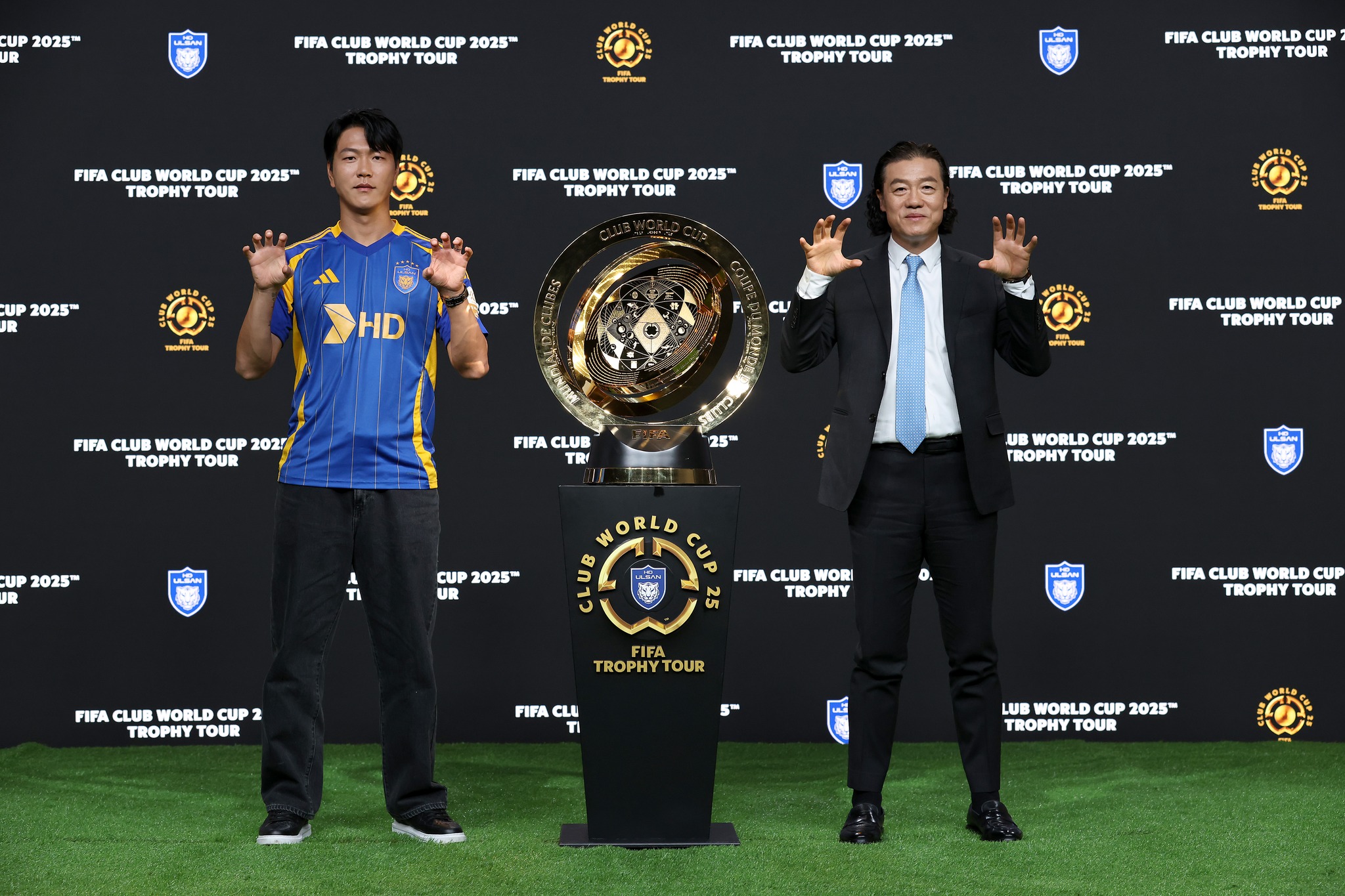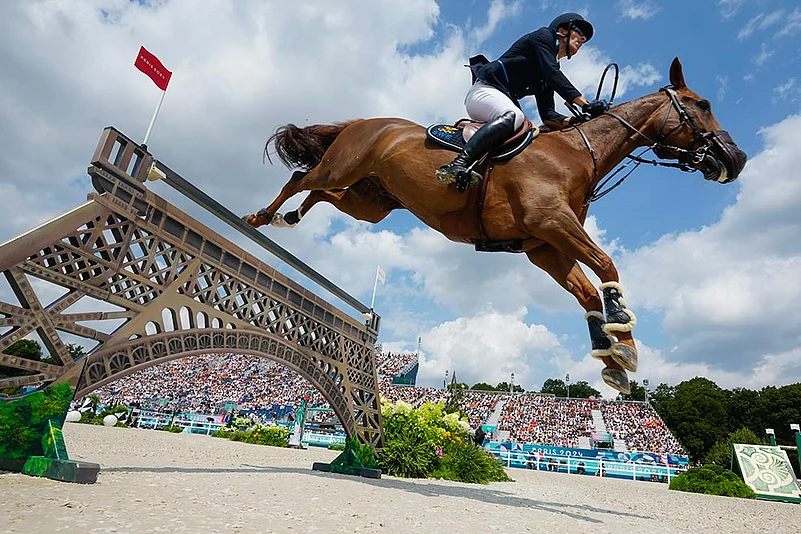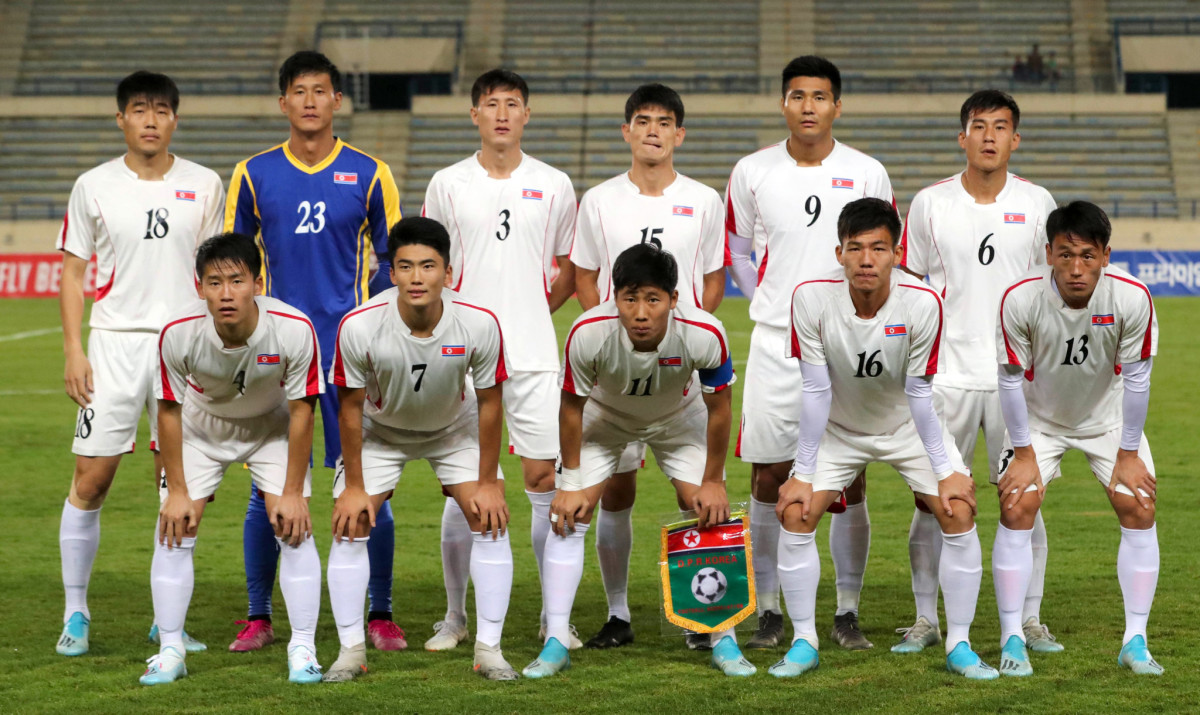Hey there, fellow football fan. Remember that electric summer when the world’s best clubs descended on the United States for what felt like a mini-World Cup? I sure do. As someone who’s followed the beautiful game since I was a kid kicking a ball around in the backyard, the FIFA Club World Cup 2025 was a game-changer. It wasn’t just another tournament; it was a bold experiment that brought together 32 teams from every corner of the globe, blending cultures, styles, and rivalries in ways we’d never seen before. Picture this: European giants clashing with South American flair under the bright lights of American stadiums, all while I sat glued to my screen, heart racing through every twist. This article dives deep into that unforgettable event, from the highs of stunning upsets to the debates it sparked. Let’s relive it together.
What Was the FIFA Club World Cup 2025?
The FIFA Club World Cup 2025 marked a massive evolution in club football, expanding from its traditional seven-team format to a whopping 32 clubs. Held across the United States from June 15 to July 13, it served as a precursor to the 2026 World Cup, showcasing global talent on American soil. What made it special? It crowned the undisputed best club in the world, with Chelsea emerging victorious after a dominant run.
This wasn’t your average knockout bash; it mirrored the FIFA World Cup structure with group stages leading to intense eliminations. Fans like me, who grew up idolizing icons from different continents, finally got to see dream matchups without waiting for rare friendlies. The prize? Not just glory, but a share of over $1 billion in rewards, making every goal feel like it carried extra weight.
The Road to Expansion
FIFA’s decision to revamp the tournament stemmed from years of discussions, aiming to boost its prestige and commercial appeal. Back in 2016, President Gianni Infantino floated the idea, and by 2023, the U.S. was locked in as host. It replaced the old annual event with a quadrennial spectacle, drawing from continental champions over four years.
I recall skepticism at first—would players handle the midsummer grind? But as the draw unfolded in December 2024, excitement built. It felt like FIFA was betting big on uniting the club game, and boy, did it pay off with packed stadiums and record viewership.
Participating Teams: A Global Lineup
The 32 teams represented all six FIFA confederations, qualified through continental triumphs from 2021 to 2024. Europe dominated with 12 slots, including powerhouses like Real Madrid and Manchester City, while South America sent eight, led by Flamengo and River Plate.
Africa contributed four, Asia four, North America three (plus host Inter Miami), and Oceania one. It was a melting pot—think Al-Hilal from Saudi Arabia rubbing shoulders with Seattle Sounders from MLS. This diversity sparked magical moments, like underdogs holding their own against favorites.
Here’s a quick breakdown in a table for easy scanning:
| Confederation | Number of Teams | Notable Participants |
|---|---|---|
| UEFA (Europe) | 12 | Chelsea, Real Madrid, PSG, Bayern Munich, Manchester City, Inter Milan, Juventus, Borussia Dortmund, Atlético Madrid, Benfica, Porto, Salzburg |
| CONMEBOL (South America) | 8 | Flamengo, Palmeiras, Fluminense, River Plate, Botafogo, Boca Juniors |
| AFC (Asia) | 4 | Al-Hilal, Ulsan HD, Urawa Red Diamonds, Al Ain |
| CAF (Africa) | 4 | Al Ahly, Wydad AC, Espérance de Tunis, Mamelodi Sundowns |
| CONCACAF (North America) | 4 | Monterrey, Pachuca, León, Seattle Sounders, Inter Miami (host) |
| OFC (Oceania) | 1 | Auckland City |
This mix ensured no easy games, and as a fan, I loved rooting for the minnows—Auckland City nearly pulled off a shock or two!
Qualification Criteria
Teams earned spots based on continental success, with UEFA using a points system for extra berths. For instance, Chelsea qualified via their 2021 Champions League win, while Inter Miami got a host invite despite mixed MLS form.
It wasn’t without controversy; some argued the criteria favored Europe too much. But hey, that’s football—always room for debate over a pint.
Host Cities and Venues: America Steps Up
The tournament spanned 12 venues in 11 cities, from Miami’s sunny shores to Seattle’s rainy vibes. MetLife Stadium in New Jersey hosted the final, a fitting climax in a 82,500-capacity behemoth.
Other highlights included Mercedes-Benz Stadium in Atlanta for quarterfinals and Hard Rock Stadium in Miami for the opener. These choices blended NFL giants with soccer-specific arenas, ensuring top-notch facilities.
Pros of the venues:
- World-class infrastructure, with most retaining naming rights.
- Geographic spread reduced travel fatigue for teams.
- Boosted local economies—think sold-out hotels and buzzing fan zones.
Cons:
- Midsummer heat in places like Orlando tested players.
- Some smaller stadiums, like GEODIS Park in Nashville, felt intimate but limited capacity.
I imagined myself there, chanting amid the crowds. If you’re planning a trip for future events, check out FIFA’s site for tips on where to stay.
Standout Stadium Experiences
Each venue had its charm—Lumen Field in Seattle gave home advantage to Sounders, hosting their group games. Fans raved about the atmosphere, blending American tailgating with global chants.
One funny moment: Lightning delayed a knockout game in Philadelphia, turning a tense match into an impromptu fan party. Nature always has the last laugh!
The Group Stage: Drama from Day One
The groups kicked off on June 15, with eight pools of four teams each. Top two advanced, leading to nail-biters galore. Group A saw Inter Miami edge out Al Ahly, while Group B featured PSG topping Atlético Madrid on goal difference.
I stayed up late for those early matches, coffee in hand, as underdogs like Botafogo stunned favorites. The format rewarded consistency, but upsets kept things spicy—Manchester City crashed out early after a shock loss to Al-Hilal.
Group Highlights and Surprises
In Group D, Chelsea recovered from a loss to Flamengo to qualify second. Flamengo’s passionate play reminded me of my trips to Brazil—pure fire on the pitch.
Group H had Real Madrid scrape through after a draw with Al-Hilal. Vinícius Júnior’s flair was a highlight, but defensive lapses nearly cost them.
- Biggest upset: Botafogo’s 1-0 win over PSG in Group B.
- Highest-scoring game: Manchester City 6-0 Al Ain in Group G.
- Closest group: B, where PSG, Botafogo, and Atlético all finished on six points.
Statistical Breakdown
Teams played three games each, with 96 group matches total. Average goals per game hovered around 2.8, higher than expected thanks to attacking masterclasses.
Comparison to past editions: The old format averaged fewer goals but less variety. This one felt more inclusive, giving smaller clubs a shot at glory.
Knockout Stages: From Last 16 to Glory
The round of 16 delivered epics, like Chelsea’s 4-1 extra-time thriller over Benfica, delayed by lightning. Palmeiras edged Botafogo in a South American derby, while PSG dismantled Inter Miami 4-0.
Quarterfinals saw Chelsea repeat their 2021 final win over Palmeiras, 2-1. Real Madrid survived Juventus, but fell to PSG in the semis. Fluminense’s run ended against Chelsea, setting up the all-European final.
As a neutral (okay, slight Chelsea bias from my Premier League days), these matches had me on edge—extra time, penalties, the works.
Semifinal Showdowns
Chelsea 2-0 Fluminense: Palmer’s magic shone through, a far cry from his early career struggles I followed closely.
PSG 4-0 Real Madrid: A statement win, with Kvaratskhelia’s debut goal stealing headlines. It felt like revenge for past Champions League heartbreaks.
Pros of knockout format:
- Built tension progressively.
- Allowed comebacks, like Dortmund’s 2-1 over Monterrey.
Cons:
- Player fatigue showed, sparking union concerns.
- Some mismatches, though fewer than feared.
The Grand Final: Chelsea vs. PSG
July 13 at MetLife Stadium: Chelsea 3-0 PSG. Cole Palmer netted twice, João Pedro once, in a masterclass of pressing and precision. PSG, favorites after their Champions League win, couldn’t break through.
I watched with mates, jaws dropping at Palmer’s brace—low drives into the corner, pure class. Chelsea’s defense, led by Reece James, shut down stars like Mbappé (wait, he left? Scratch that—Kvaratskhelia and co.).
This win made Chelsea the first expanded-format champs, their second overall. Halftime entertainment with J Balvin and Coldplay added Hollywood flair, but the football stole the show.
Key Moments in the Final
Palmer’s 22nd-minute opener set the tone, assisted by Gusto. His second came eight minutes later, same corner. Pedro’s 43rd-minute chip sealed it before halftime.
Post-match, boos for VIPs like Trump added drama, but the focus stayed on the pitch. Chelsea lifted the new 24k gold trophy, a symbol of the tournament’s fresh era.
Standout Players and Awards
Cole Palmer earned Golden Ball, his final heroics capping a stellar tourney. Vinícius Júnior took Silver, while Al-Hilal’s keeper claimed Golden Glove.
Young guns like Tyrique George impressed for Chelsea, reminding me of my own youth team days—raw talent meeting big stages.
- Top scorer: Palmer (6 goals).
- Most assists: Enzo Fernández (4).
- Fair play: Fluminense.
Compared to World Cup stars, these club icons shone brighter in familiar setups.
Controversies and Notable Events
Not all smooth—player welfare debates raged, with unions threatening strikes over packed schedules. The midsummer timing clashed with vacations, but most stars showed up.
U.S. President Trump’s presence drew mixed reactions, a light-hearted sideshow amid serious talks on multi-club ownership rules affecting some teams.
Humorously, a fan’s pitch invasion during the final went viral—security’s slow response had us chuckling. Overall, it built FIFA’s case for more global events.
Impact on Global Football
The 2025 edition boosted soccer’s U.S. popularity, with young fans 70% more engaged. Viewership soared, especially among 18-34s, paving the way for 2026.
It bridged club divides, fostering respect across continents. For aspiring players, it showed paths beyond Europe—think MLS talents holding their own.
Transactional tip: Want to relive it? Stream highlights on FIFA+ or buy official merch from their store. Best tools for fans: Apps like FotMob for stats.
People Also Ask
Drawing from common searches, here’s what folks wanted to know:
- Who won the FIFA Club World Cup 2025? Chelsea triumphed 3-0 over PSG in the final, claiming their second title.
- Where was the FIFA Club World Cup 2025 held? Across 12 U.S. venues in 11 cities, with the final at MetLife Stadium.
- How many teams participated in the 2025 Club World Cup? 32 teams from six confederations.
- What was the format of the 2025 FIFA Club World Cup? Group stage followed by knockouts, similar to the World Cup.
- Were there any major upsets in the tournament? Yes, like Botafogo beating PSG and Al-Hilal knocking out Manchester City.
These questions capture the buzz—informational for newbies, deeper for die-hards.
FAQ
When did the FIFA Club World Cup 2025 take place?
It ran from June 15 to July 13, 2025, in the U.S., fitting between domestic seasons.
Who were the top performers in the tournament?
Cole Palmer led with goals and assists for Chelsea, while PSG’s Kvaratskhelia impressed despite the final loss.
How can I watch highlights of the 2025 Club World Cup?
Check FIFA’s official YouTube channel or apps like ESPN for recaps and full matches.
What changes did the expanded format bring?
It increased inclusivity, prize money, and global appeal, but raised concerns over player workload.
Is the Club World Cup worth watching compared to the Champions League?
Absolutely—it’s a rare clash of continents, offering fresh rivalries and underdog stories.
Wrapping Up: A New Era Dawns
Looking back, the FIFA Club World Cup 2025 wasn’t perfect, but it delivered thrills that kept me hooked. From Chelsea’s crowning to global underdogs shining, it felt like football’s future unfolding. If you’re a fan, dive into more via FIFA’s official site or explore internal links on team histories. Here’s to more such spectacles—may your team lift the next one. What’s your favorite memory? Share in the comments!
(Word count: 2,756)




